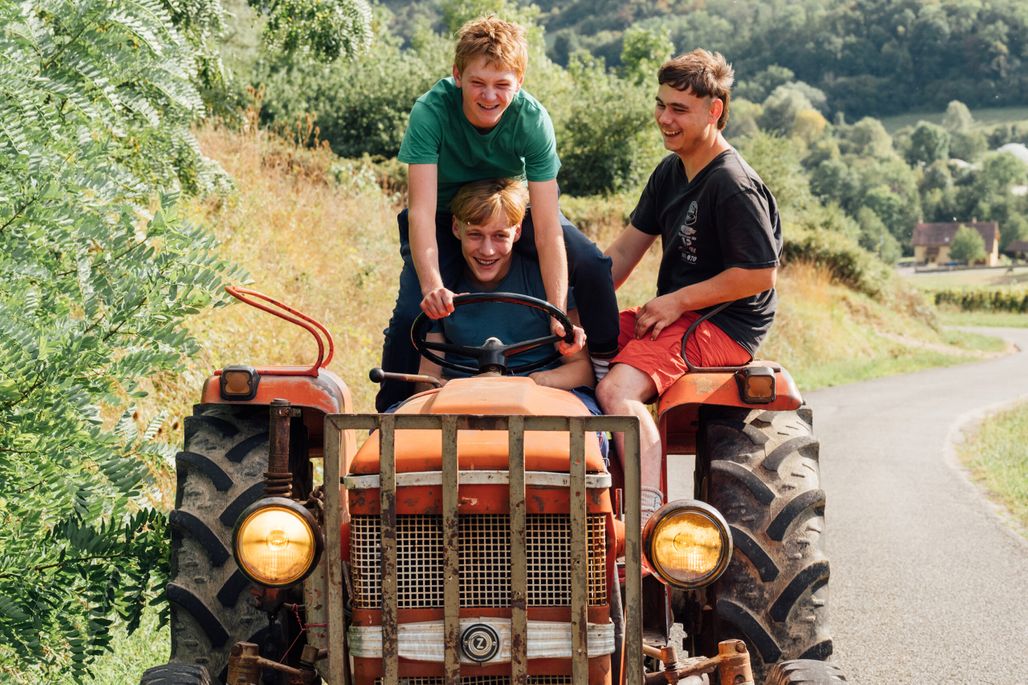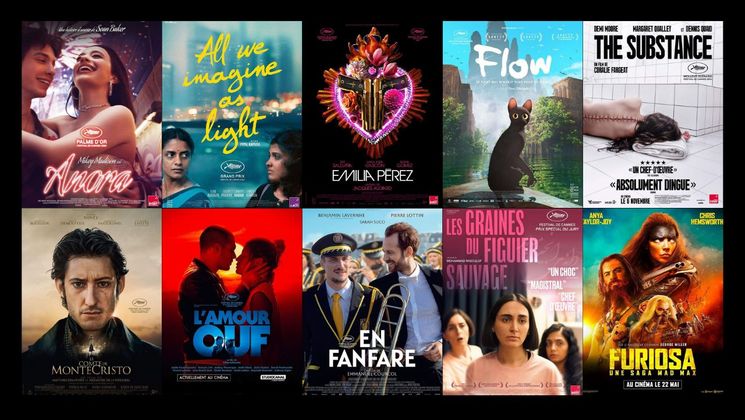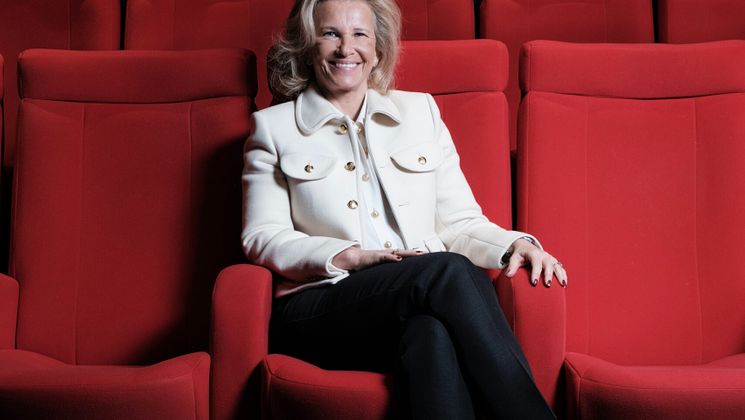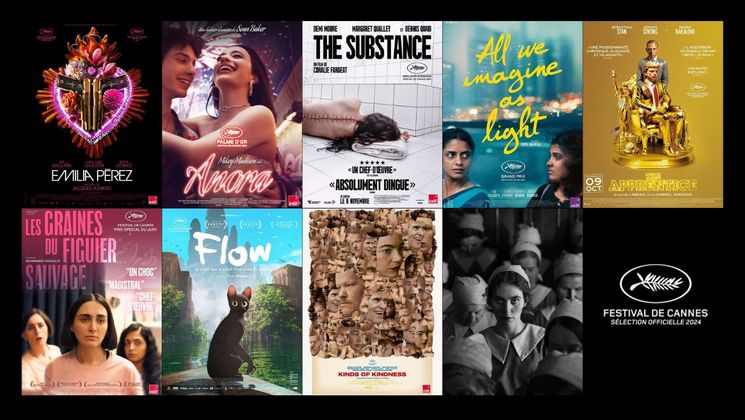
Vingt Dieux (Holy Cow), Louise Courvoisier’s vision

With Vingt Dieux (Holy Cow), screened at Un Certain Regard, Louise Courvoisier sets her film in the Jura region, home to Comté cheese. The first feature film for this young director, winner of the La Cinef 1st prize in 2019 for her film school film Mano a Mano. Through the story of 18-year-old Totone (Clément Faveau), she sketches her childhood countryside.
Tell us about the development of your film.
The film was born out of my desire to talk about my village, to create an intimate portrait of the youth I grew up with. I wanted to tell a story with humour and tenderness about the path of a troubled young man who tries to cope. And Comté… It’s hard to talk about my region without mentioning Comté, which shapes our landscapes and busies our farmers. I wanted it to be at the centre of the plot.
What was the atmosphere like on set?
It wasn’t a conventional shoot. We shot in my village and a some of the team slept at my place. The team was made up as much by technicians as it was by members of my family and folks from the region. The mixture was audacious but joyful. Sometimes the technicians would go to the morning milking with the farmers and some even thought of moving to the Jura region. For me, this encounter was essential so that the shoot wouldn’t be just a short-term business activity that comes into town, helps itself to what it wants, creates chaos and then leaves. On the contrary, I wanted to take some time to develop mutual interest and curiosity.
Do you have any anecdotes?
The calving (birth of a calf) was a comical adventure. We wanted to respect the natural timing of the cow, so the team was at the ready at all moments to shoot the scene. The entire work schedule was based around this fateful moment that we had prepared for for months. As soon as we received the word, we rushed onto the set, ready to shoot! But as it turned out, the cow didn’t seem too rushed to give birth. Thinking that it would be a while, the team scattered, the actors went out for a smoke. No one was in the room except for me. It was then that the cow decided to lie down and, in a matter of seconds, the feet of the calf appeared. There was just enough time to round everyone up, we almost missed the birth. In 7 minutes the calf came out, the exact time of the scene!
What can you tell us about the actors you worked with?
With the casting directors (Léa Gallego and Emmanuel Thomas), we carried out an open casting call that lasted several months. We went to motocross and stock car races, agricultural shows, etc. We had to find people who resembled the characters because none of them had acted before.
Clément Faveau (Totone) is an apprentice poultry farmer. And it was no easy feat to convince him to leave his chickens for two months to come shoot the film! Right from the casting call, he was perfect for the role: lively, ornery and sensitive, his character corresponded perfectly to the character. There isn’t a single scene in the film without him, and he portrayed this role over the course of eight weeks of shooting with courage and talent.
What would you like audiences to take from your film?
Growing up in the country, I often observed emotional distance around me. People weren’t open about their troubles because that was how they learned to manage life’s blows: by bottling them up. That didn’t prevent their sensitivity and their wounds from showing through, sometimes where you don’t expect it.
And that’s what I wanted to talk about with my characters through the writing and directing: this rugged and fragile blend that I find touching.


